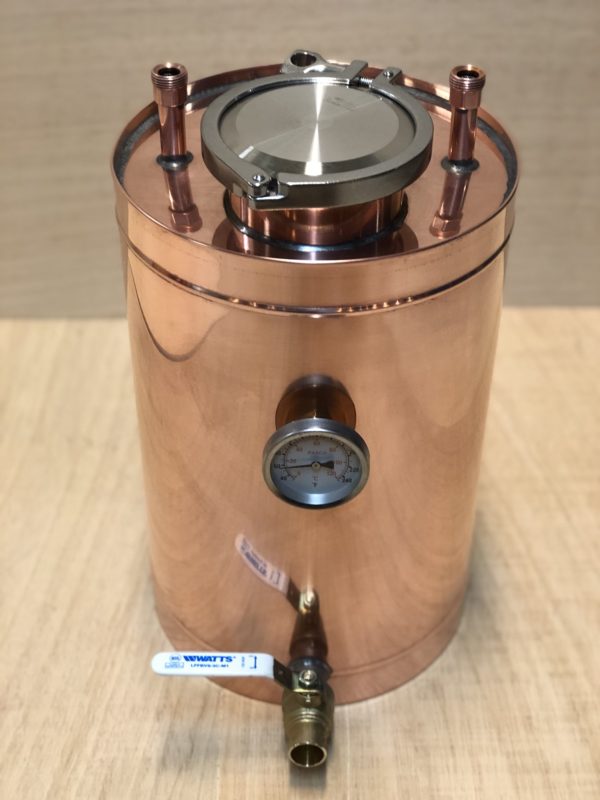
The next major consideration to keep in mind is the design of the still.
5 gallon still with thumper how to#
Related: How to Proof Homemade Moonshine Pot Still Vs Column Still Hybrid stills won’t be as expensive as pure copper still but are easier to clean and can remove sulfur compounds effectively. Some hybrid stills use copper mesh inside a stainless steel column, which also works well. The boiler is easy to clean and the copper components reduce the amount of sulfur compounds making their way into your hooch. You can also buy copper/stainless steel hybrids, which combine a stainless steel boiler with a copper Bubble Plates/Lyne Arm and Condenser coil. The downsides are that the sulfur compounds will stay in your moonshine and it doesn’t conduct heat as well. This is great if you are new to making moonshine, as you probably don’t have a huge budget. The main advantage of stainless steel stills is that they more affordable. They can also be very difficult to clean properly, which makes running a batch of moonshine time consuming. Copper stills can be very expensive, particularly if you buy a high-quality one. Of course there are also a couple of downsides to using a copper still. The benefit of this molecular interaction is that your moonshine will taste better.

This layer of copper sulfate can be removed later on when you wash your still. If you have a copper still, the sulfur interacts with the copper walls of the still, making hydrogen sulphide, which turns into copper sulfate which lines the boiler. Unfortunately, sulfur can cause your moonshine to have a bitter taste. When you place a mash into a boiler and heat it, the yeast will release sulfur as a by-product. This is why the early backwoods moonshiners would preferred to use copper (if they could find some).Īnother reason to use copper is how it interacts with the molecules produced during the moonshining process.

This means it will reach the heat needed for distillation very quickly, reducing the amount of fuel required.Ĭopper is also an easy metal to work with, so you can modify your copper still relatively easily. Traditionally, stills were made from copper, because it is an excellent conductor of heat.


 0 kommentar(er)
0 kommentar(er)
